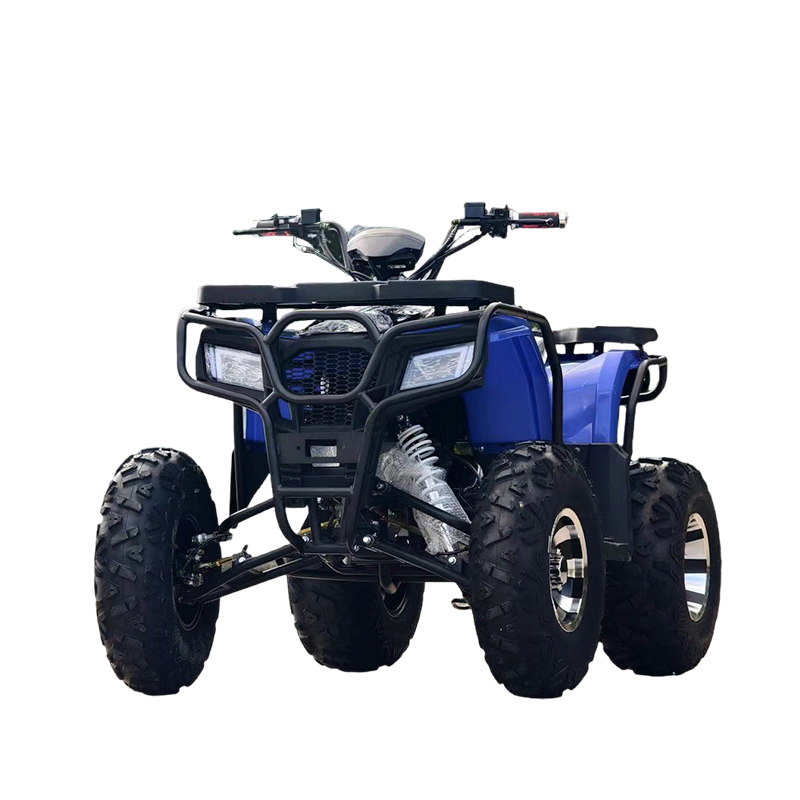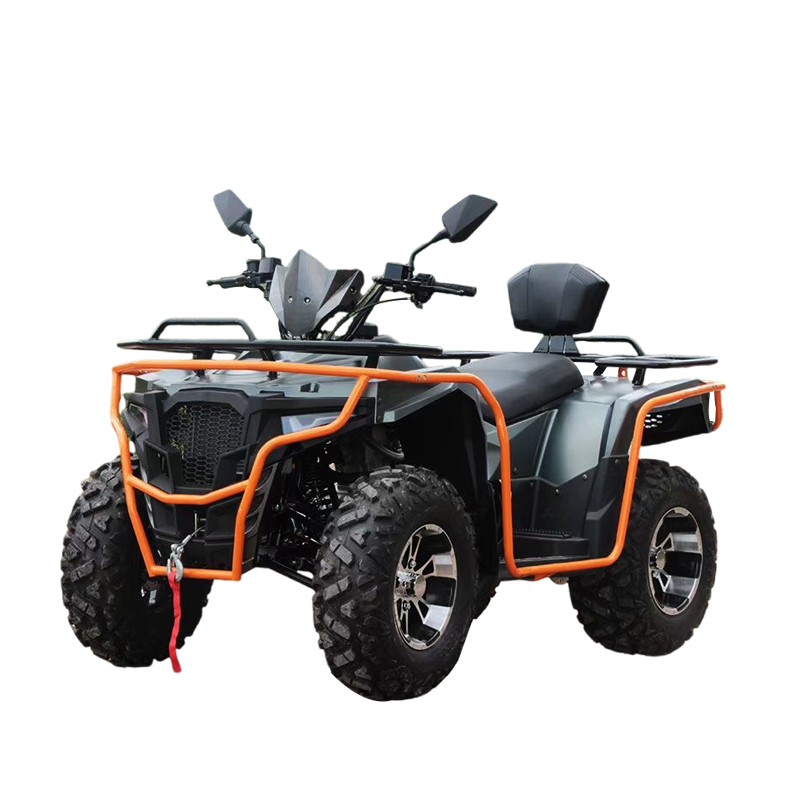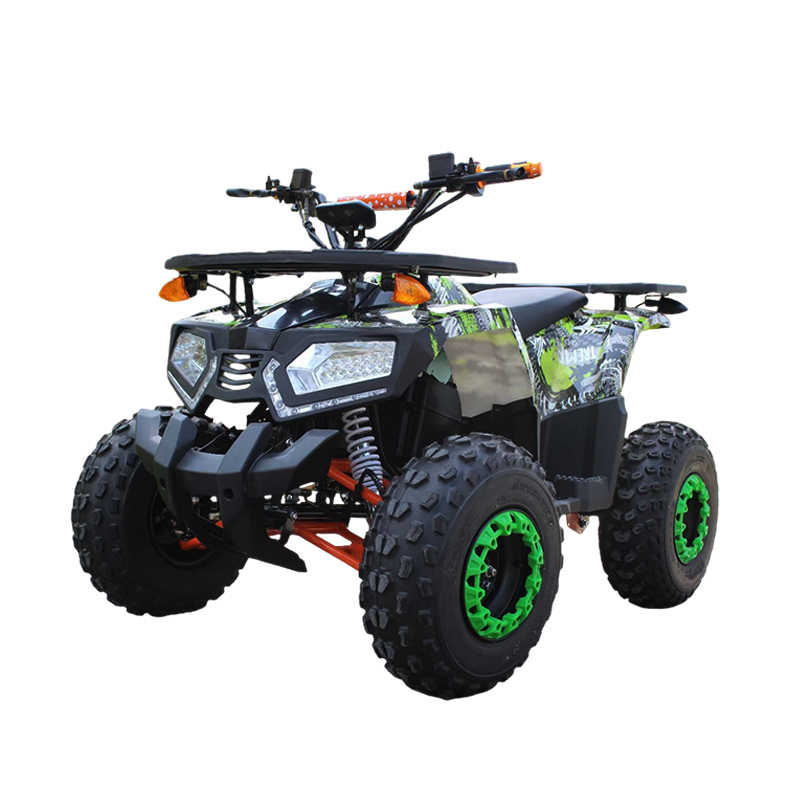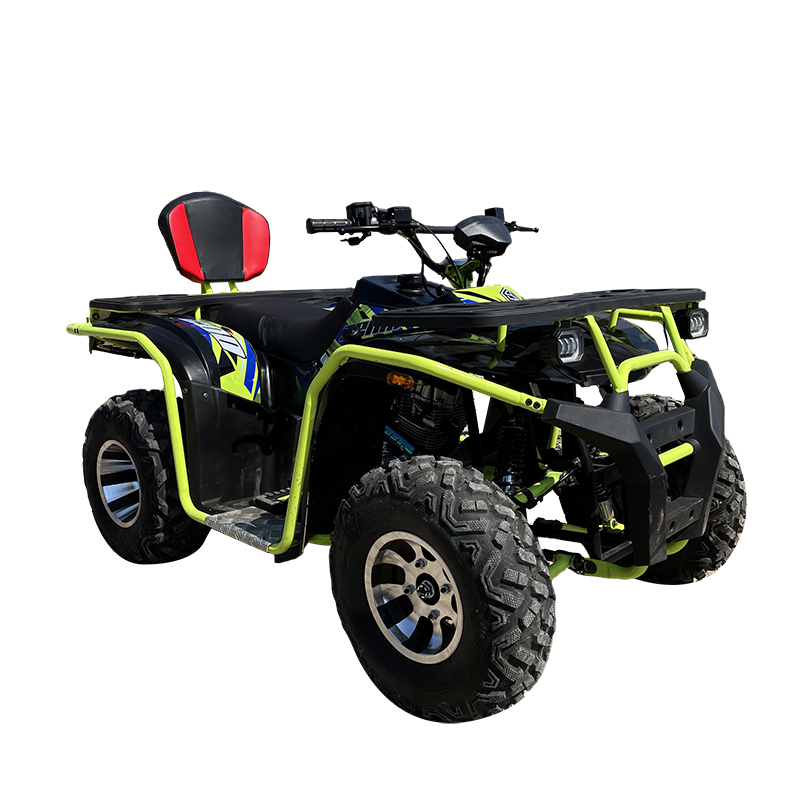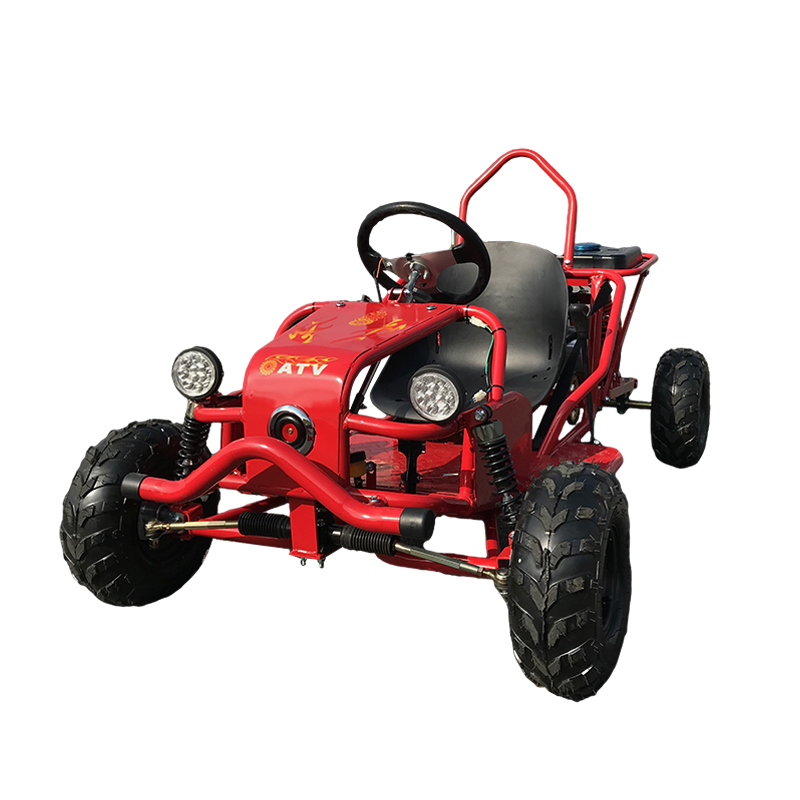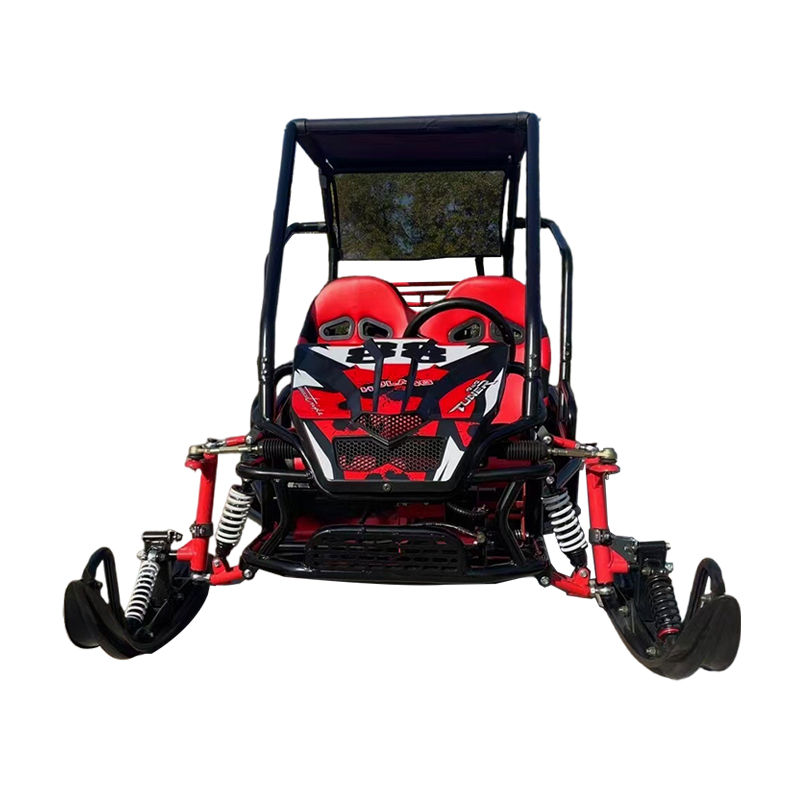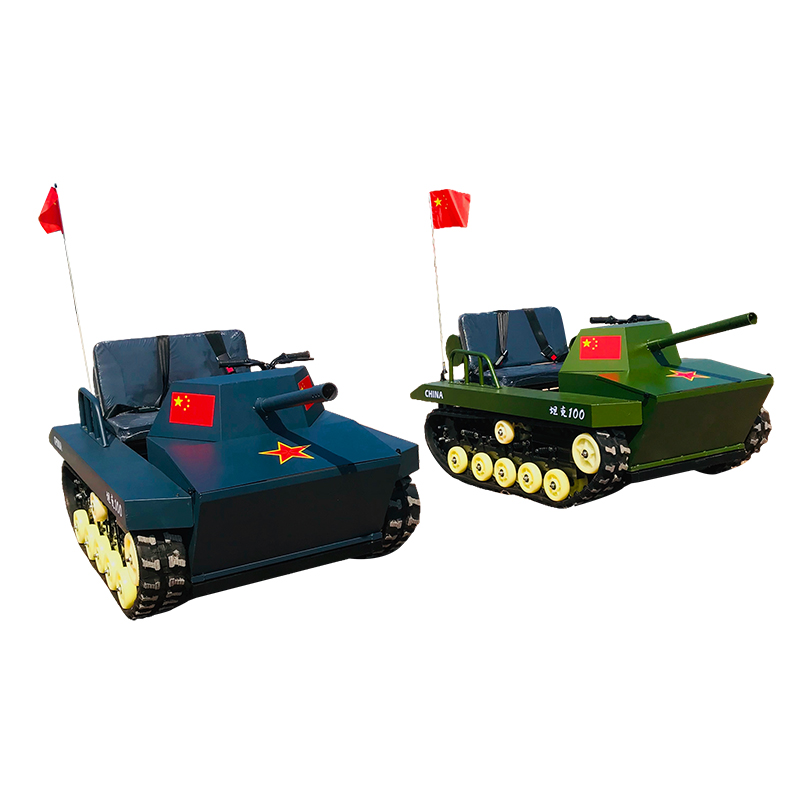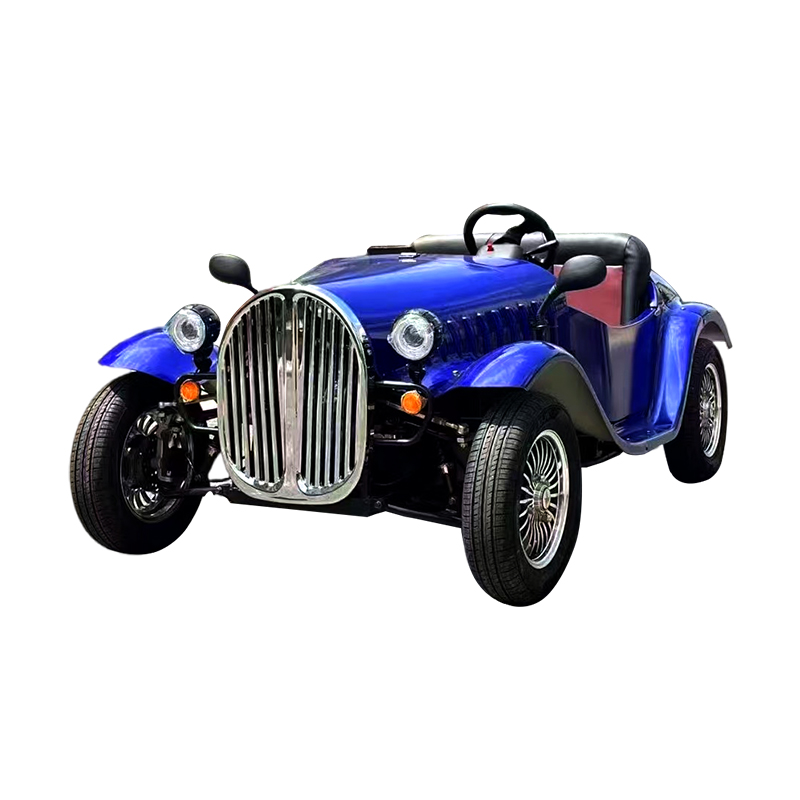As outdoor exploration and off-road adventure gain popularity among both professionals and hobbyists, manufacturers are pushing the limits of vehicle versatility. One of remarkable innovations in this sector is the amphibious ATV — a machine built not only for rugged terrain but also for water-based mobility. Today's modern amphibious ATVs are redefining how we view off-road transport, offering unmatched adaptability, robust construction, and functionality that meets the needs of conditions.
Built for Dual Terrain: Land and Water
The primary appeal of a modern amphibious ATV lies in its ability to transition smoothly between land and water. Equipped with sealed body panels, buoyant hull designs, and low-pressure tires, these vehicles can float on water and maneuver like a small boat. models come with built-in propulsion systems such as water jets or paddle-like treads that facilitate water navigation. This makes the amphibious ATV an essential tool for professionals working in wetlands, rescue missions, and forest surveillance, as well as for outdoor enthusiasts seeking new levels of exploration.
In contrast, a standard off road ATV excels on dry terrain, such as dirt trails, rocky inclines, and forest paths. While powerful and agile, off road ATVs are not built to float or cross streams without significant risk of damage. This is where the amphibious model's versatility provides a critical advantage, especially in environments where terrain transitions are frequent and unpredictable.
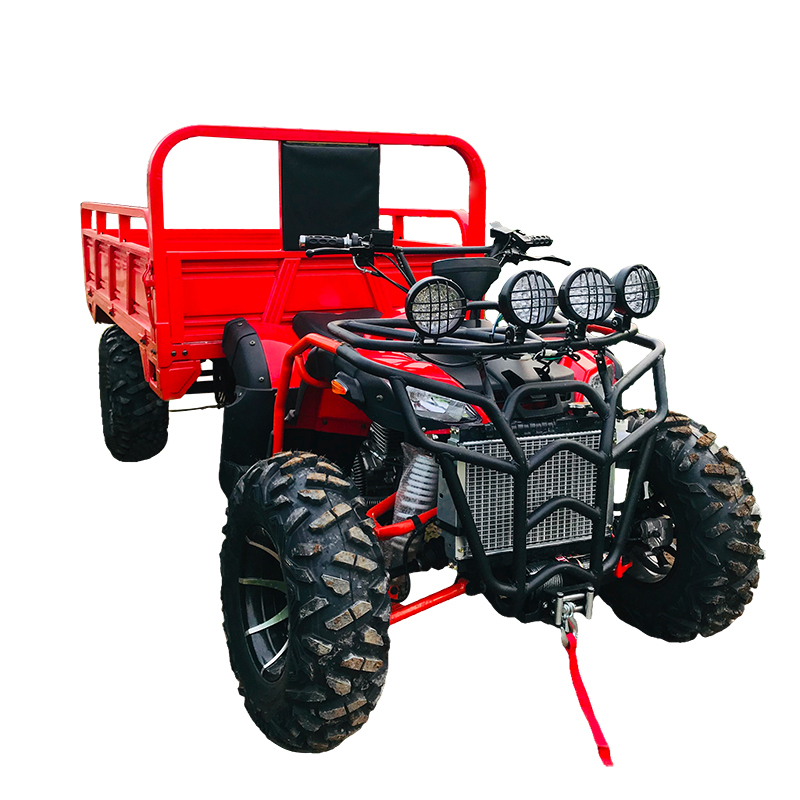
Suspension and Stability: Comparing Models
Modern amphibious ATVs are engineered with advanced suspension systems that provide stability on uneven ground while supporting water floatation. Their wide wheelbase and unique center of gravity help maintain balance even when transitioning from muddy terrain into a body of water. Compared to a compact ATV buggy, which is often built for speed and maneuverability on dry land, the amphibious ATV sacrifices some agility in exchange for multi-terrain adaptability.
Meanwhile, the ATV buggy remains a favorite among recreational riders looking for lightweight, nimble vehicles that can tackle sharp corners and rugged trails with ease. Built closer to the ground with low center of gravity, ATV buggies are ideal for dune racing or forest racing circuits but lack the water traversal capabilities offered by amphibious ATVs.
Engine Power and Payload Capacity
One of the key concerns for potential buyers is engine performance and load capacity. Today's amphibious ATVs are equipped with powerful engines that allow them to carry cargo, passengers, and even tow additional equipment. Many models support payloads of 600–1000 pounds or more, making them valuable in both commercial and recreational settings. In comparison, a traditional off road ATV offers high engine power and outstanding towing strength but is generally limited by its inability to cross rivers or marshes safely.
On the other hand, the ATV buggy tends to focus more on speed than heavy-duty hauling. While some buggies offer space for gear or a second passenger, they are not typically used for labor-intensive tasks. This positions the amphibious ATV as a hybrid solution that combines the rugged hauling power of an off road ATV with added versatility for wet environments.
As terrain challenges evolve, so do the machines designed to conquer them. The modern amphibious ATV is no longer just a novelty; it's a powerful, functional, and increasingly essential vehicle for professionals and adventurers alike. By combining the rough-terrain prowess of an off road ATV with the flexibility of a water-capable platform, the amphibious ATV represents the next frontier in all-terrain mobility. While the ATV buggy and off road ATV each hold their niche, it's clear that amphibious models are carving out a significant space in the market—offering users the ultimate in freedom, access, and utility.

